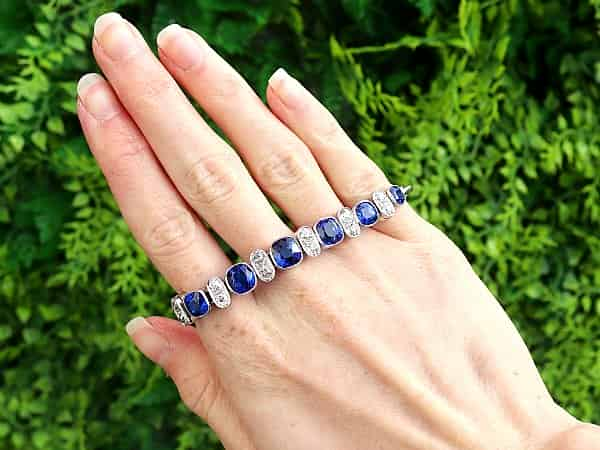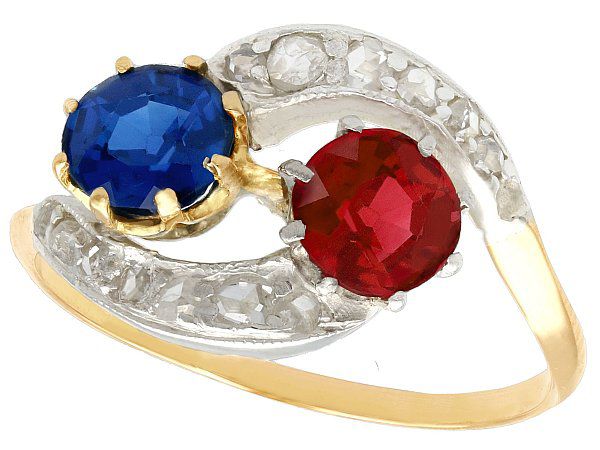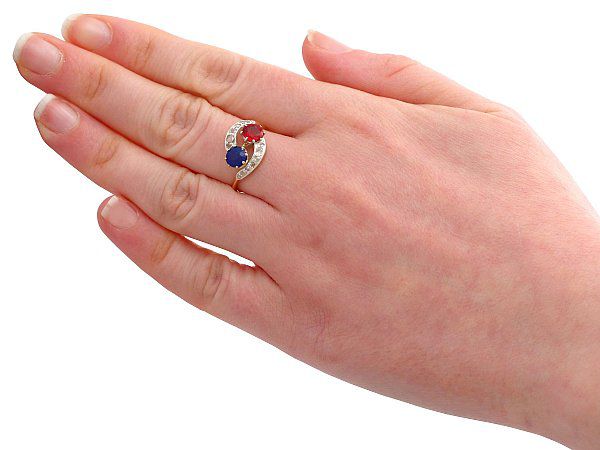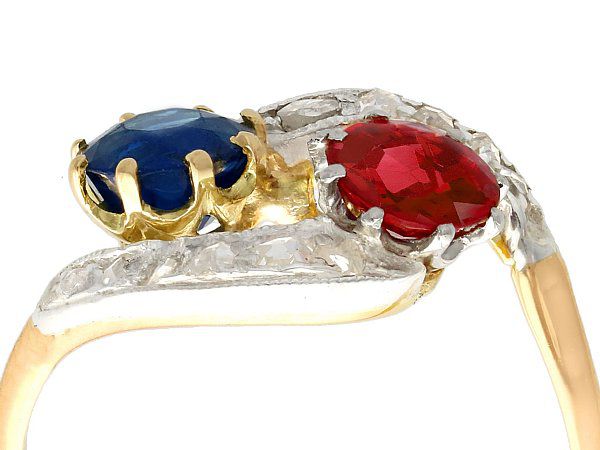The Spinel Gemstone
Over the years, the spinel gemstone has been mistaken for other gems, meaning that this unusual stone has often been overlooked. Today, however, we recognise the spinel as the birthstone for August and also use it to celebrate a 22nd wedding anniversary. In addition, many of our most treasured, historic jewellery pieces are now believed to be made from spinel, despite being mistaken for other gemstones over the years.
What Is Spinel?
Spinel is a gemstone that can be found in a wide variety of colours. The most famous variation of (known as ruby spinel) comes in a deep red hue, that closely resembles the colour of rubies – hence why the two stones have often been confused throughout history.
Other colourful varieties of spinel include:
-
Almandine Spinel: this variation of the gemstone is violet-blue in colour.
-
Balas Ruby: consisting of pale red and pink hues.
-
Blue Spinel: another blue-toned variety of spinel, this type can vary from light to dark blue.
-
Flame Spinel: as its title suggests, this variation comes in fiery tones of orange and red.
-
Gahnospinel: this variation is rich in zinc, which causes its dark green to greenish-black colourings.
-
Picotite: a brown-toned type of spinel.
-
Pleonast: this variation is opaque with dark blue, green, and black colourings.
-
Rubicelle: a yellow to orange type of spinel.
Spinel, in its many varieties, can be found in locations all around the globe. Major sources of spinel include Tajikistan, Myanmar, Sri Lanka, Vietnam, Tanzania and Pakistan. Different coloured gems are mined in different places. Myanmar, for example, is famous for its hot pink and red spinel deposits.
The History of Spinel
The name spinel originates from the Latin, "spina", meaning "thorn". This is thought to be in reference to the spiky shape of spinel crystals.
Throughout time, it has often been mistaken for other gemstones, resulting in the fact that spinel is relatively unknown in comparison to more famous gemstones such as ruby. It wasn't until the 18th century that spinel was distinctly separated from ruby due to the differences in their chemical makeup. In fact, many pieces of ruby jewellery throughout time have later turned out to be spinel. For example, the Black Prince's "Ruby" that is set in the centre of the royal crown of England was actually determined to be spinel.
The English royal crown isn't the only piece of royal jewellery that features spinel. The Royal Crown Jewels of Iran features the largest known collection of spinel gemstones, including a 500-carat gem. A 412.25 carat dark red spinel gemstone also ornaments to Great Imperial Crown in Moscow, commissioned in celebration of the coronation of Catherine the Great.
In jewellery making, the spinel gemstone saw its rise to greatness during the Renaissance period and continued its popularity into the 18th century.






